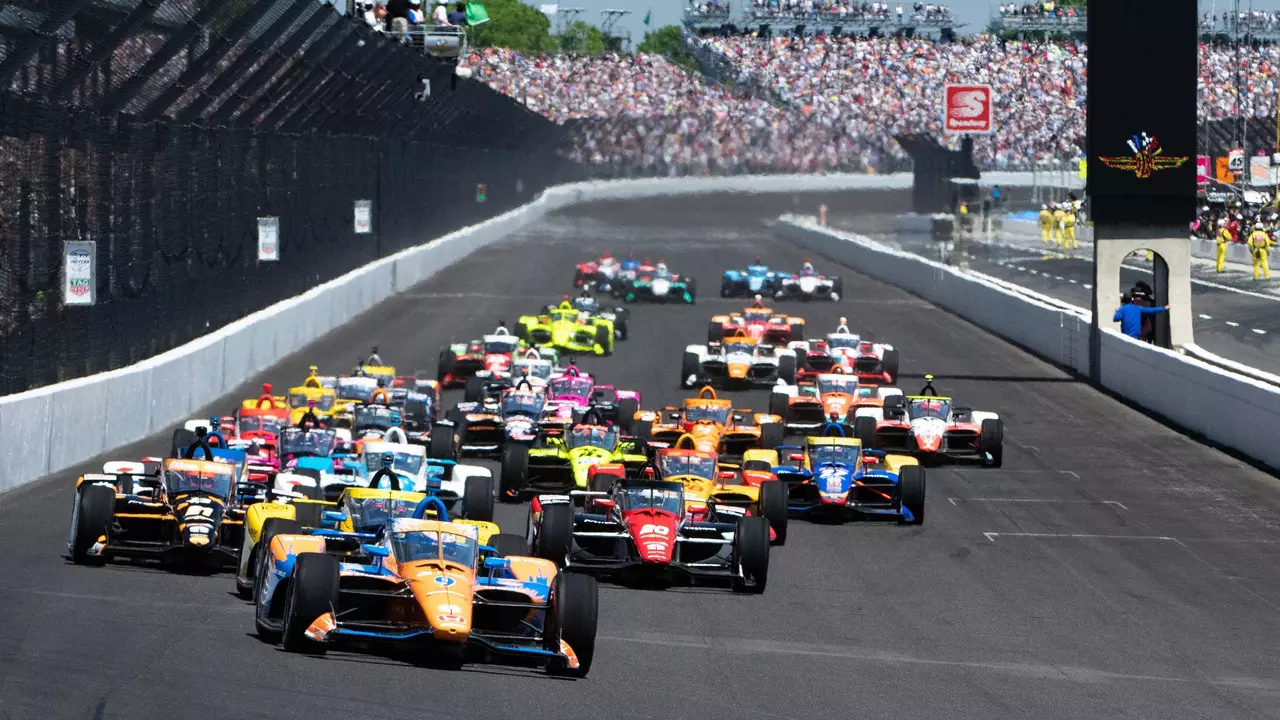Motorsport Comparison: Fast Facts & Head‑to‑Head Guides
If you love speed, you’ve probably wondered which series is the ultimate test of skill, technology or raw power. This page pulls together the most useful side‑by‑side breakdowns so you can settle the debates fast. Whether you’re a weekend TV viewer or a track‑day regular, the comparisons below give you the numbers, the quirks and the feel of each championship.
F1 vs IndyCar: What Sets Them Apart
Formula 1 is the pinnacle of hybrid technology. The cars run turbo‑charged V6 engines, sophisticated aerodynamics and a global calendar that jumps from Monaco’s tight streets to the high‑speed bends of Monza. IndyCar, on the other hand, uses a more standardized engine package (normally a 2.2‑litre V6) and lets teams focus on chassis setup rather than endless aero tweaks.
In a straight‑line sprint, IndyCar’s ovals produce higher top speeds—often north of 235 mph—while F1 peaks around 210 mph on its fastest circuits. Cornering tells a different story: F1’s downforce lets drivers hug bends at about 2.5 g, giving a feeling of glued‑to‑the‑track. IndyCar’s downforce is lower, so drivers rely more on mechanical grip and throttle control, especially on the famous Indianapolis 500.
Cost is a big divider. An F1 budget can top $400 million a year, whereas a competitive IndyCar program runs in the $30‑$50 million range. For fans, that means F1 delivers exotic liveries and futuristic tech, while IndyCar offers more variety on the grid and a higher chance to see close finishes.
MotoGP vs World Superbike: Two Wheels, Different Worlds
MotoGP is the ultimate prototype class. Teams build custom machines from the ground up, using 1000 cc four‑stroke engines that can rev beyond 20,000 rpm. World Superbike (WSBK) takes production‑based bikes and modifies them, keeping the core engine and chassis recognizable to the street‑legal version.
Because MotoGP bikes are pure purpose‑built, they accelerate faster and hit higher top speeds (around 220 mph). WSBK machines sit a bit lower—about 210 mph—but they’re cheaper to run and give fans a taste of what their own sportbike could become with a few tweaks.
The racing style also differs. MotoGP riders often use aggressive braking and late‑apex cornering, thanks to the bike’s electronic aids. WSBK riders must manage tire wear more carefully, as the bikes stay closer to stock specifications. This leads to longer battles and more overtaking opportunities, especially on circuits with heavy braking zones.
Both series share a passionate fan base, but if you love cutting‑edge engineering, MotoGP is the go‑to. If you prefer seeing how a bike you could buy evolves into a race‑ready machine, WSBK delivers that connection.
Beyond these head‑to‑heads, the tag also covers NASCAR vs. Formula 2, rally vs. rally‑cross, and even historic comparisons like Group C versus modern endurance racing. Each article breaks down lap times, cost per lap, driver skill requirements and the overall spectacle. Use the quick tables and bullet points to decide which series matches your taste, or share your own take in the comments. The more you compare, the more you’ll appreciate the unique flavor each motorsport brings to the track.
